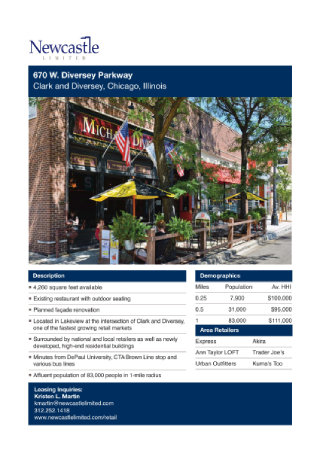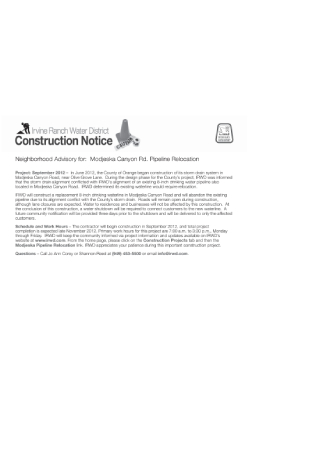19+ Print Marketing Samples
Take a look at these samples of some of the most common mediums in print marketing:
-

Car Brochure
Showcase the latest automobile units and parts through a brochure.
-

Community Event Fundraising Flyer
Invite the entire community to participate in your fundraising event by using a flyer to attract attention.
-

Exercise Program Flyer
Design a flyer to encourage others to take part in your exercise program.
-

Fashion Catalog
Highlight the latest fashion trends for consumers to enjoy by using a catalog to present these offers.
-

Fish Food Catalog
Supply fish food to owners and breeders with the help of a catalog.
-

Furniture Catalog
Get inspired by this catalog design to sell your home fittings and accessories to prospects.
-

Gym Flyer
Boost membership rates in your gym by using a flyer to get recognized.
-

Sales Flyer
Inform potential customers of exciting offers by distributing flyers in your area.
-

Summer School Flyer
Let people know about your offers for the summer by using a flyer as your main channel.
-

Toy Catalog
Suggest gift ideas for kids by creating a toy catalog for families to refer to.
-

Awareness Campaign Postcard
Raise awareness for your campaign by sending postcards to members of your mailing list.
-

Construction Postcard
Send a short construction notice by writing your message in a postcard.
-

Fundraising Campaign Flyer
Gather funds for a special project by using a campaign flyer to gain attention.
-

Healthcare Postcard
Use a postcard to discuss your healthcare services to patients in the most efficient way possible.
-

Hotline Flyer
Ensure public awareness on social topics by using a flyer as a promotional tool.
-

Informative Campaign Flyer
Deliver key campaign points with the help of a detailed flyer.
-

Jam Concert Flyer
Host a jamming session at a local club by inviting people to the event using a flyer.
-

Live Concert Flyer
Use a flyer to let people know about your upcoming concert.
-

Summer Concert Flyer
Announce the lineup of your summer concert with the help of an eye-catching flyer.
-

Wellness Brochure
Enlighten the public on the importance of wellness through a detailed brochure.
FREE Print Marketing s to Download
19+ Print Marketing Samples
What Is Print Marketing?
Why Print Marketing Still Matters?
What Is Print Marketing?
Print advertising is a form of advertising that utilizes physically printed media to connect with customers and prospects. Marketing flyers, magazines, newspapers, brochures, and posters are just some examples of print media. These are designed to capture the attention of a target audience and deliver a message for consumers to act upon. However, it’s impossible not to notice how the market is gradually evolving. Some even believe that it’s inevitable for traditional ads to grow irrelevant in the coming years unless marketers are able to transform them into a more hybridized version of what they actually are through various innovative efforts.
Why Print Marketing Still Matters?
Despite the obvious occurrence of traditional advertising being overthrown by the digital revolution, print media has managed to withstand the test of time by being a viable marketing medium for small and large corporations alike. While it does raise a number of questions and opinions in an argument, many marketers still believe in the power of print media as it impacts the consumer market.
Listed below are five reasons that emphasize the importance of print media in the industry.
